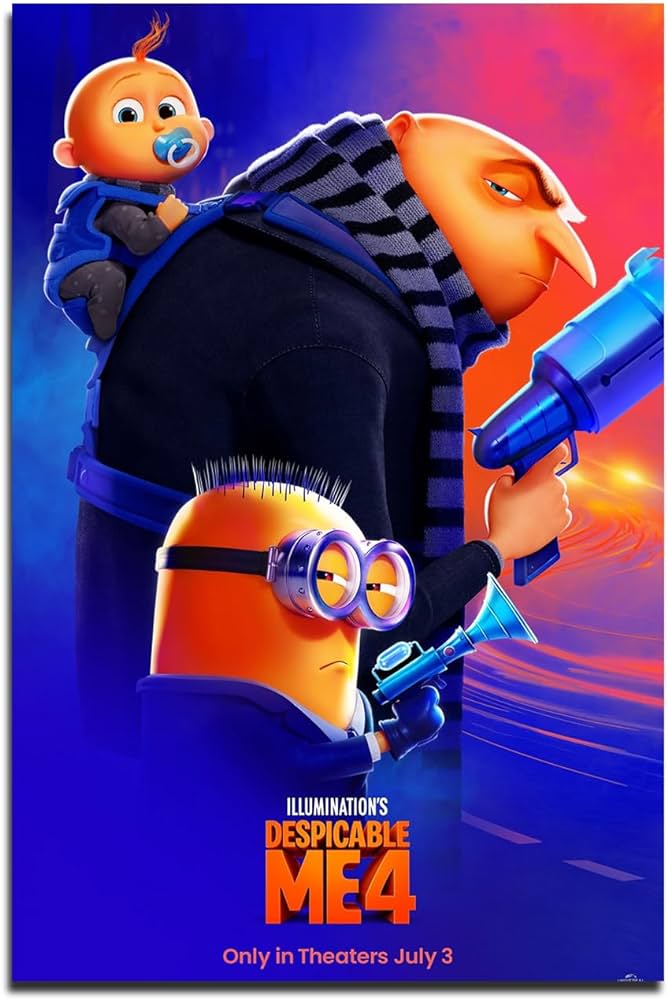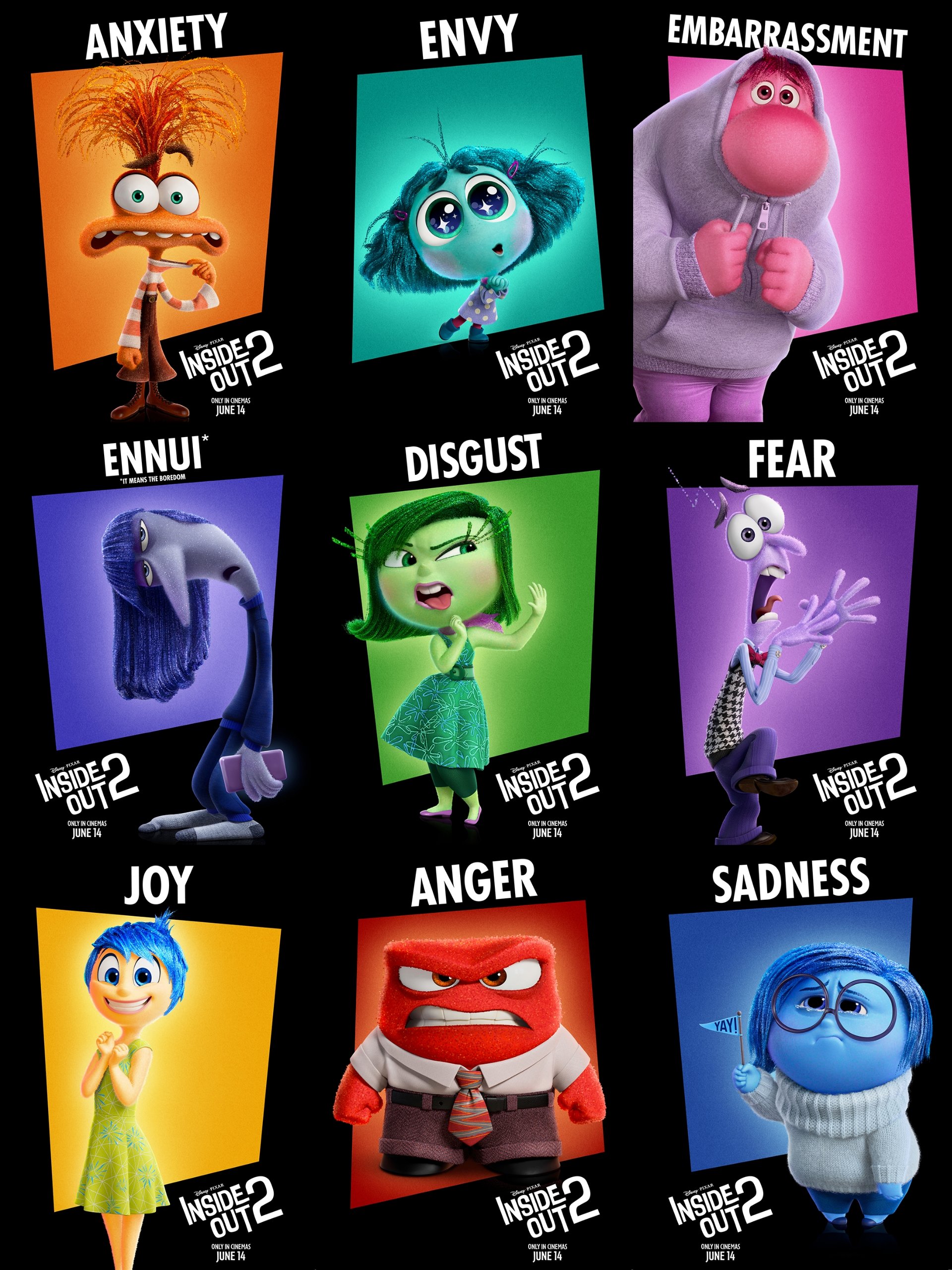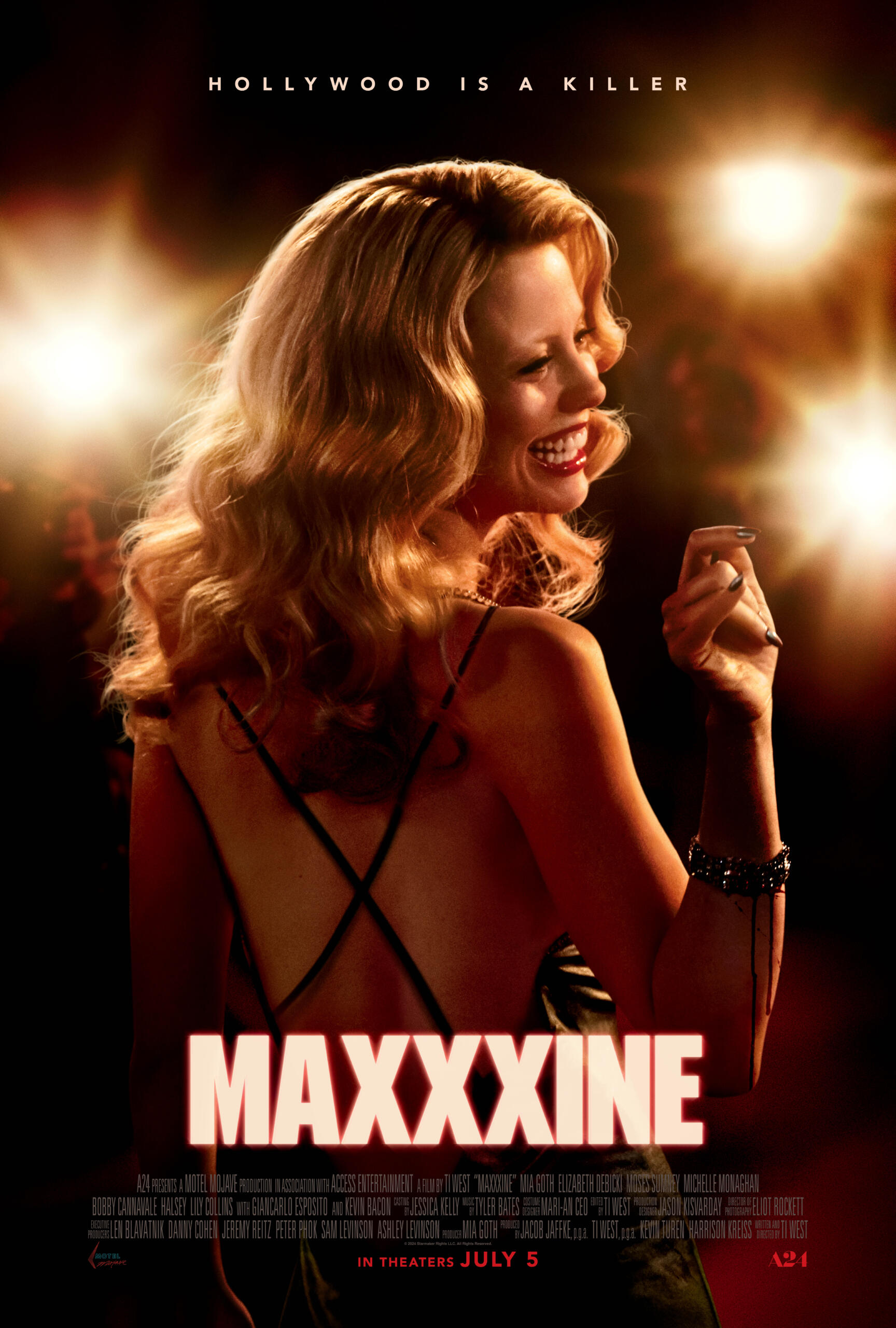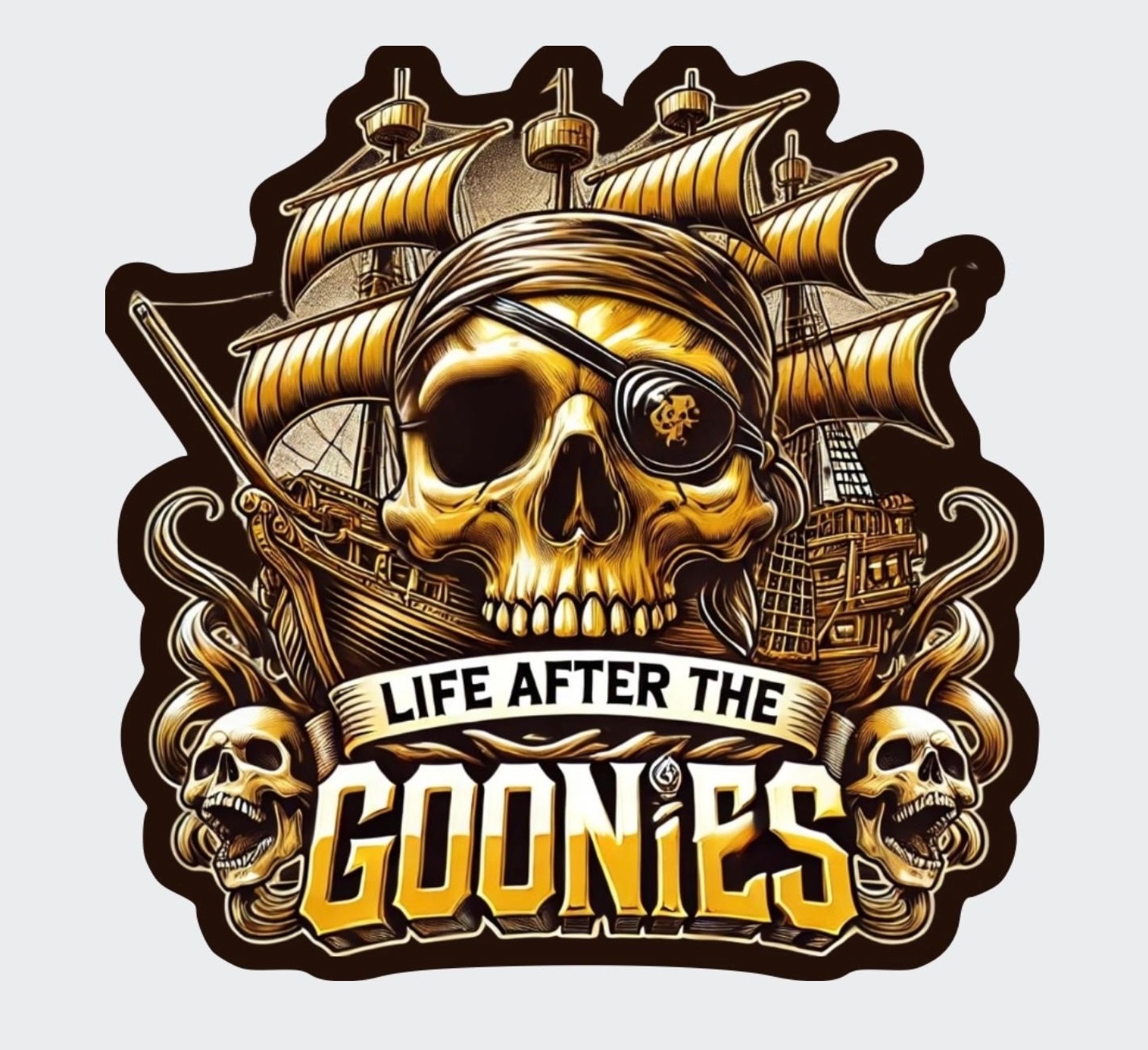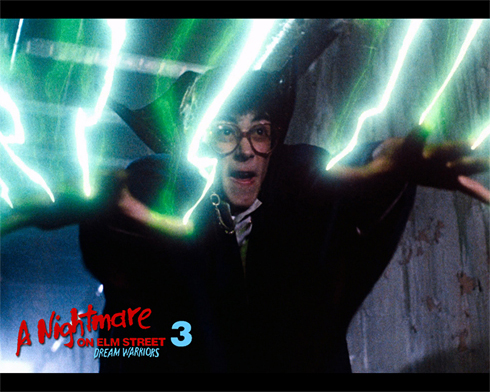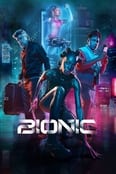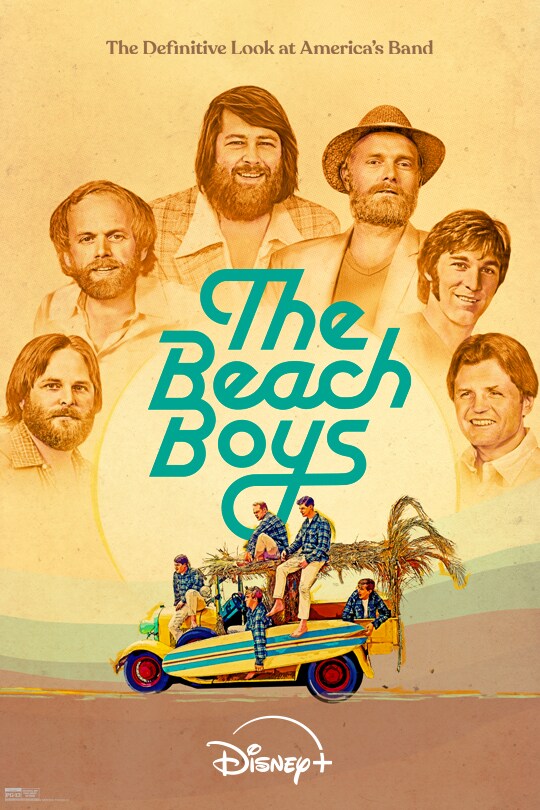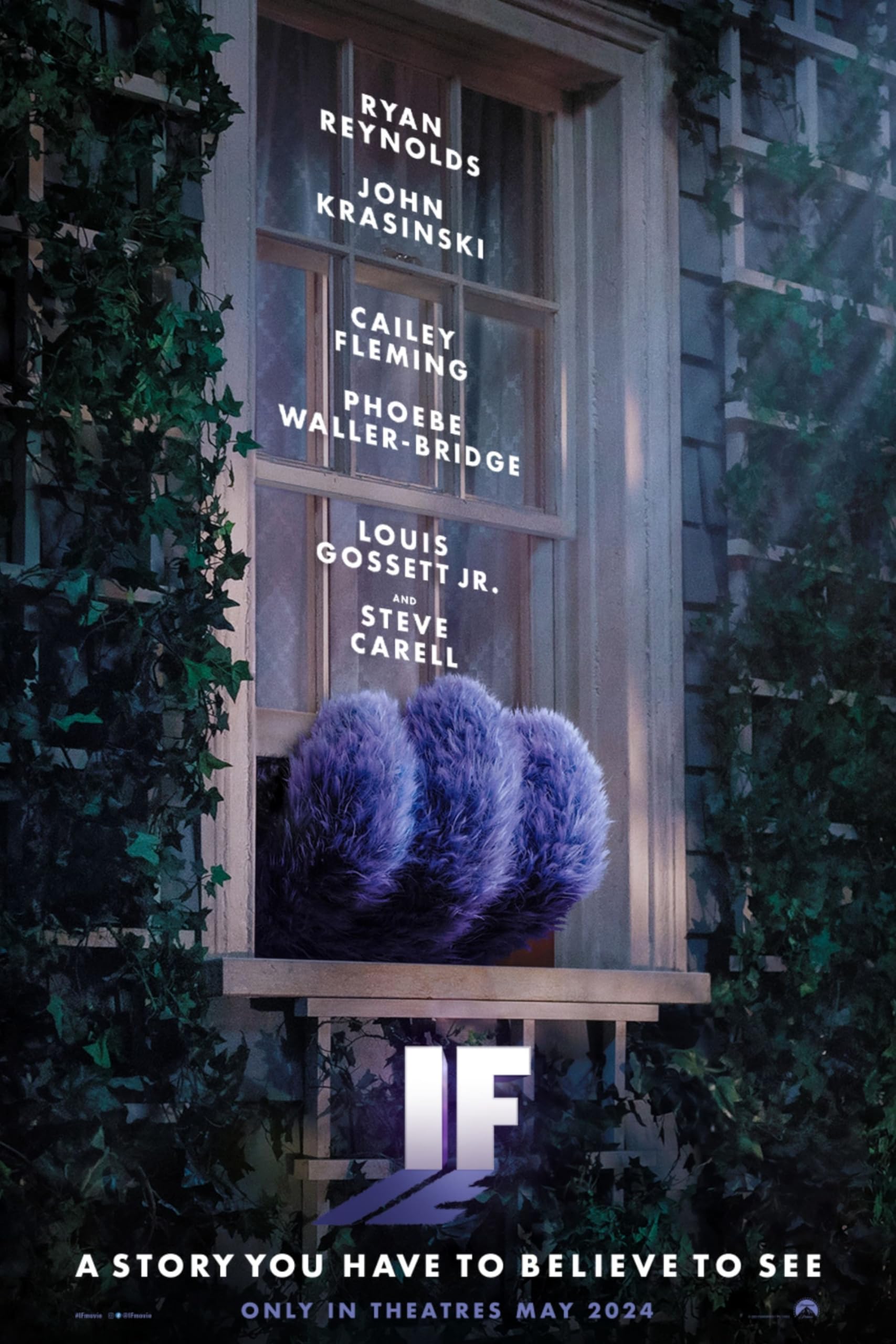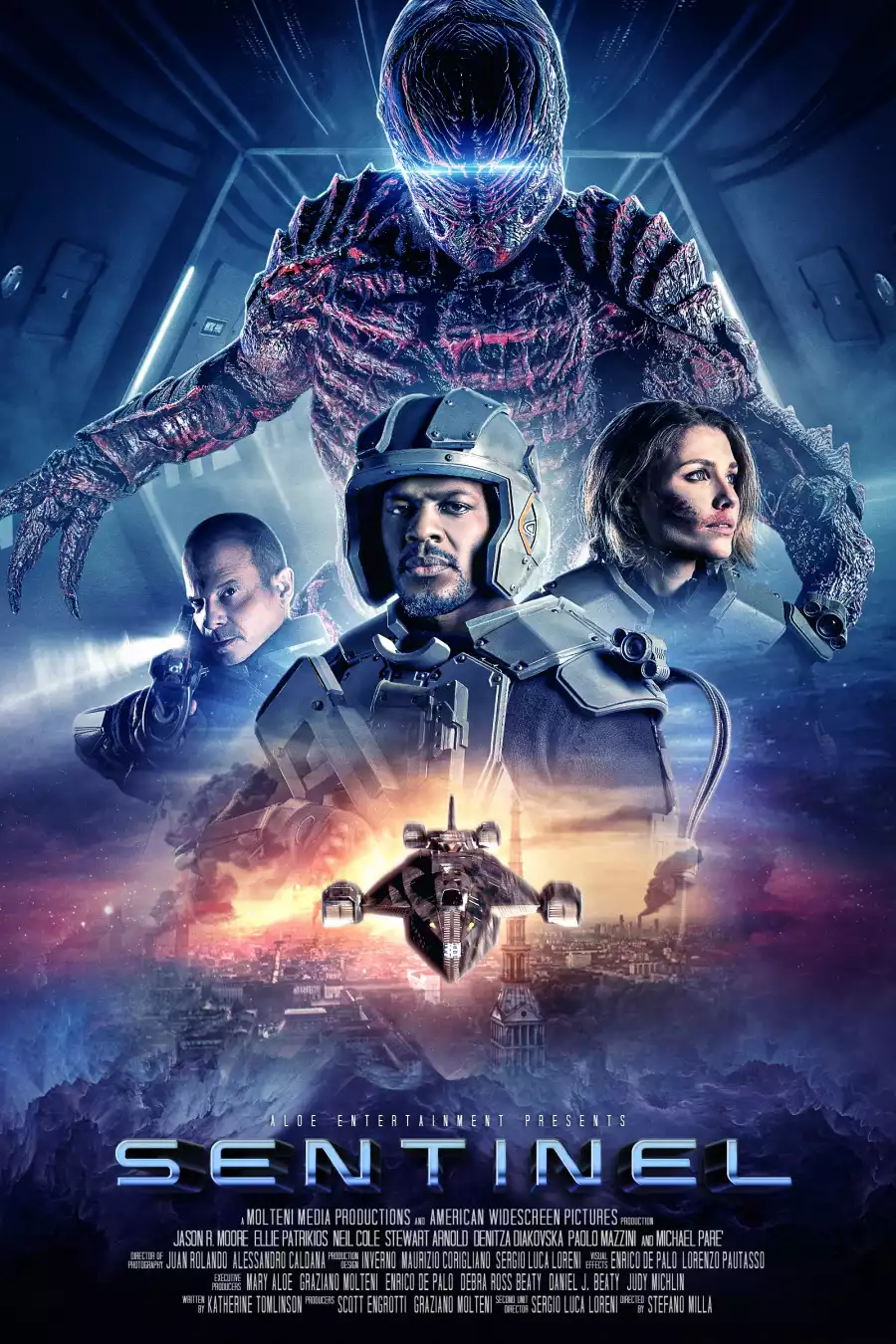- DESPICABLE ME 4
- Starring: Steve Carell, Will Ferrell and Kristen Wiig
- Directed by: Chris Renaud and Patrick Delage
- Rated: PG
- Running time: 1 hr 35 mins
- Universal
When the first “Despicable Me” film came out in July 2010, I loved it. Not only was it funny, but it had heart. It also had the best 3D I had ever seen with an animated film. Since then, Gru, the Minions and company have had some amazing adventures. That legacy carries on with “Despicable Me 4.”
We find Gru (Carell) enjoying his domestic life, spending his days with his wife, Lucy (Wiig), adopted daughters Agnes (Madison Skyy Polan), Margot (Miranda Cosgrove) and Edith (Dana Geier) and his infant son, Gru Jr., who, despite Gru’s many attempts, isn’t bonding with Dad as much as he’d like. Enter a new villain and tons of Minions and you have an adventure the entire family can enjoy.
Action packed, and very funny, “Despicable Me 4” benefits by the comfort the voice performers have with the characters. They are strongly supported by Ferrell, as new nemesis Maxime, and Sophia Vergara as his femme fatale, Valentina. A bonus is the creation of five Mega Minions, whose super powers are quite unusual.
With all of the mayhem taking place on screen, it’s nice to see that the storyline is equally devoted to Gru as he attempts to bond repeatedly with his son. And when the family have to go into hiding from Maxime, the emotional vocal work of the cast pays off in spades.
Illumination Studios continues to equal, if not occasionally surpass, Pixar as the leader in animated films and “Despicable Me 4” is no exception. Attention to detail is paramount, and the filmmakers manage to give each Minion it’s own personality, each one voiced by Pierre Coffin. The screenplay, co-written by Mike White (“School of Rock,” “White Lotus” and Ken Daurio (“The Secret Life of Pets”) is both sharp and funny. The film is well paced and will hold the attention of even the littlest audience member.
On a scale of zero to five, “Despicable Me 4” receives ★★★★


